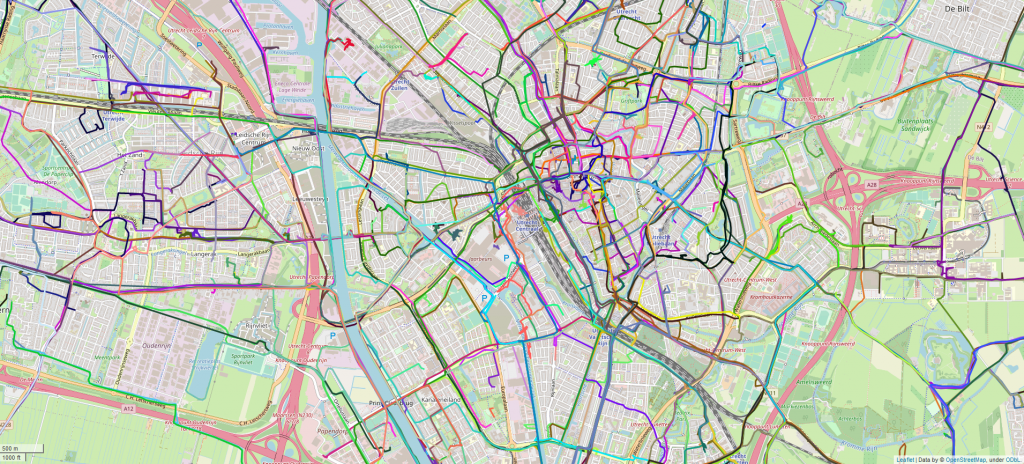
Bicycle Data is a project group of the master’s programs in computer science and business informatics at the Carl von Ossietzky University Oldenburg. It is supervised and scientifically accompanied by Prof. Dr.-Ing. habil. Jorge Marx Gómez and the two research assistants Johannes Schering and Harish Moturu of the Very Large Business Applications (VLBA) business informatics department.
The project group consists of 11 students working on the research projects BITS and Smarthelm.
The final product of our project group should be an interactive website, where users can, on the one hand, individually compile and download the processed raw data. And on the other hand, they can display analyses and visualizations, for example in the form of graphs and heat maps, based on parameters they enter themselves.
In the BITS project we work with many different data sources and want to process and analyze them. This involves a wide variety of data on the subject of bicycles, including: Count data, Snifferbike (environmental data), bicycle parking and near miss accidents. Among other things, correlations of the data with weather, timing, and locations will be examined. We will also investigate whether there are correlations among the data sets, e.g., between the count data and the bicycle parking data for a city. In the end, the prepared data and the analysis results will be published via an open data portal.
Within the Smarthelm project, our goal is to build a data warehouse for storing, processing and analyzing the collected data. Here, different data formats (order data, EEG data, weather data, etc.) have to be integrated and APIs have to be connected to the data warehouse. The goal is to use test data from a laboratory field study to analyze the distraction of courier drivers. The test data will be categorized for this purpose and will be visualized in the form of a heat map based on an artificially generated possible route of a courier driver. In the future, routes with the lowest possible distraction factors for courier drivers will be identified and optimized based on these findings.
